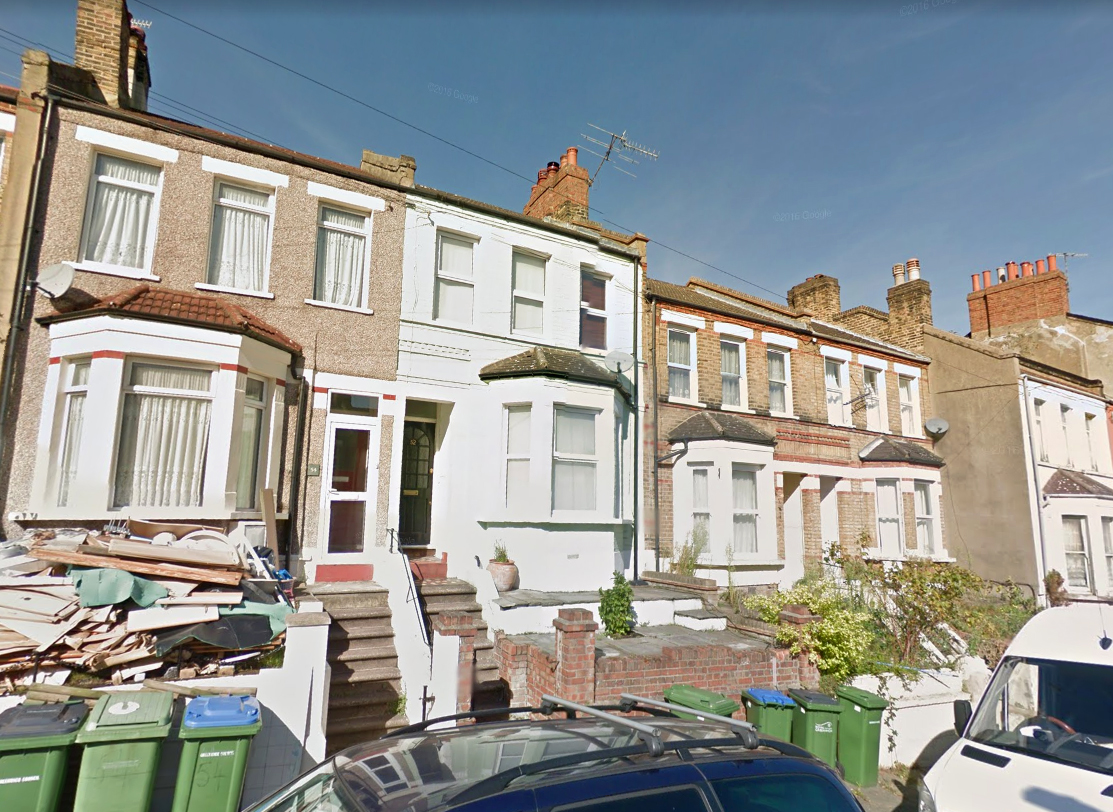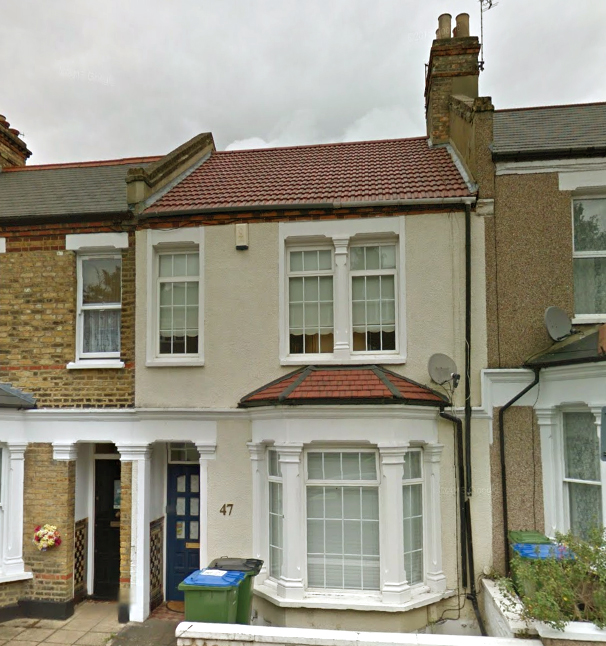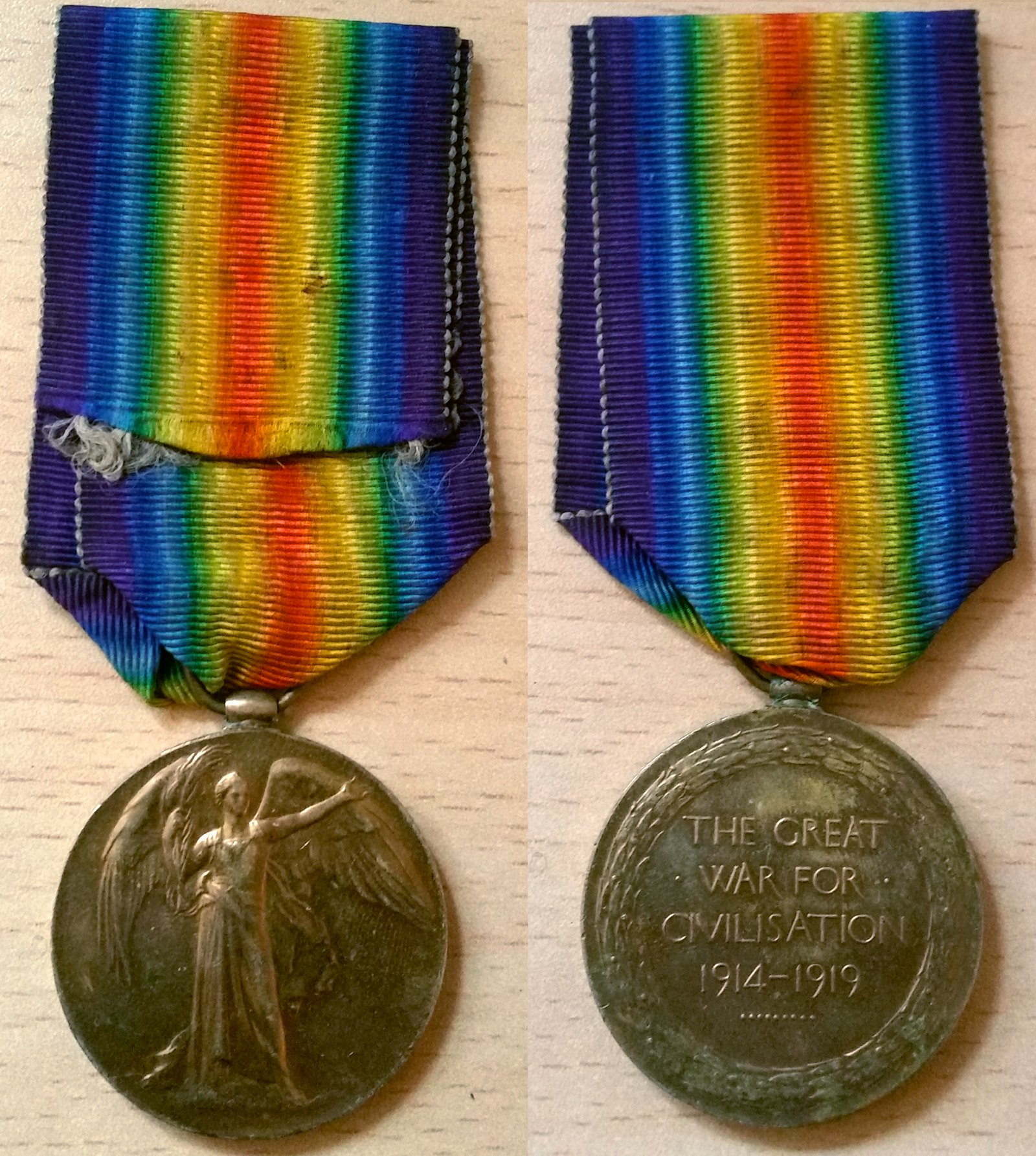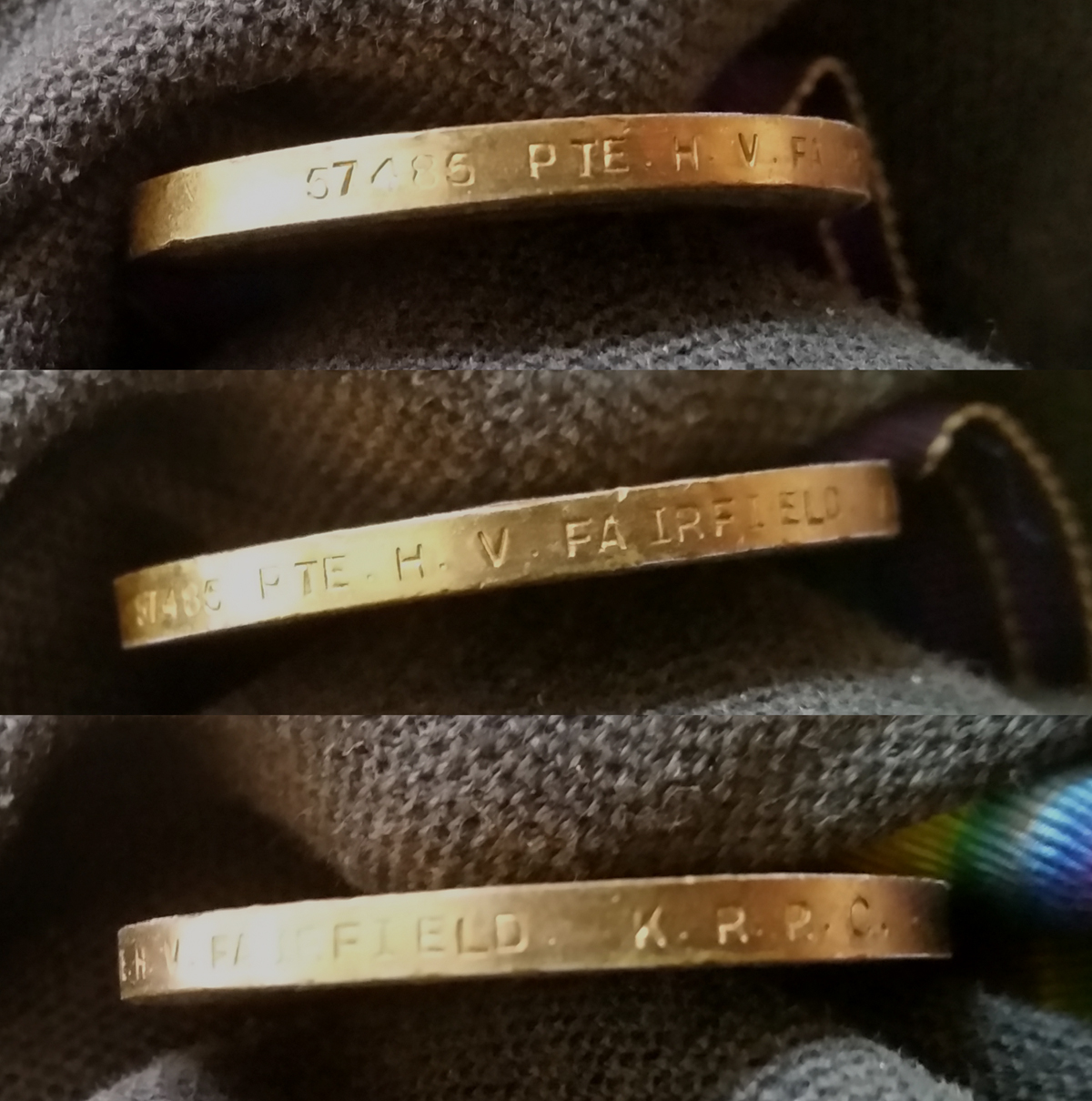Herbert Victor Fairfield
(Click any thumbnail image to view full size)
Family
On the 1901 Census, Herbert is just 1 year old, and living with his 3 year old brother, Claude, and their parents Ada (25) and Claude (29). The family probably have a reasonoble life, as Claude is working as a clerk in the civil service. Claude was born in Madras, India, as his father was a soldier stationed there. The family are living at 52 Piedmont Road, Plumstead, Kent. The house, as it looks today is shown below (click to enlarge).
By 1911, the family was now living at 43 Nithdale Road, Plumstead (shown below - click to enlarge). Ada is absent from the census, having died. Claude (now 40), listed as "widower", is working as a clerk in the Store Audit Branch of the Royal Arsenal, a short distance away in Woolwich. The newest additions to the family are a sister, Mabel (8) and brother Harold (5), joining the now 11 year old Herbert and his 13 year old brother Claude. The family also now have a live-in housekeeper.
Herbert Victor FAIRFIELD (Private)
57485, 18th (Arts & Crafts) Batttalion, Kings Royal Rifle Corps (KRRC) (later 13th London Regiment)
Victory Medal
\Herbert joined the army, shortly after turning 18. It's unclear if he volunteered, or was conscripted, but he arrived and joined his new battalion in France on the 12th October 1918. The 18th Battalion KRRC were in training for future operations, moving to Stirling Castle strongpoint, East of Hooge, near Ypres on the night of 11th/12th, relieving the 10th Bn Royal West Kents.
They remained in reserve on the 12th, moving to take up front line positions on the 13th in the Menin Road area. On the morning of the 14th, Herbert and the rest of the 18th KRRC went "over the top", but quickly became disorganised, due to thick mist. Despite this, the first objective had been reached by 9am, with the final objective line captured by 4pm that afternoon. The 15th was a quite day, followed by a move to Penny Corner Famr, near Moorseele on the 16th. The Battalion war diary makes note that many civilians were seen on the road, having been evacuated from Courtrai. By 3.30pm the Battalion had reached billets in reserve postions in Gulleghem. During the 17th and 18th there was enemy aircraft activity, as well as a bombardment of enemy gas shells.
Over the course of the next few days the Battalion moved to East of Sweveghem, and formed up ready to attack again. The attack commenced at 7.15 am on the 21st, reaching the Courtrai-Bossutt canal unopposed. As they crossed though, they came under heavy machine gun fire. Pushing boldly on, they seized control of the central ridge. As ordered, they moved back from the ridge, to allow artillery support to commence, and they later moved instead to another sector at the edge the 122nd Brigade's area. They were ordered to hold fast at their position, but were hampered by shelling from an enemy 6 inch Howizer, and their own artillery support fell short, causing "friendly" fire casualties.
When the orders were recieved to commence the attack the following day, the "forming up" location was found to be in the hands of the enemy, and a runner was sent to HQ to explain the situation in person. When they finally advanced, direction was lost and the right flank advanced too far, encountering heavy machine gun fire, causing 1 officer and 20 men to be reported "missing". at around midday, orders were recieved to again hold fast, and for the 18th Battalion to wait to be relieved. Relief came that night, and Herbert and the others moved back to billets to be re-oganised.
Due to the 12th East Surrey Regt getting held up in their area, a gap appeared in the line, and on the evening of the 25th October, the 18th KRRC moved to the trenches to take up the position. Orders came in at 4am the following morning for yet another push forward. Light shelling was encountered, causing one casualty. Patrols were sent out to confirm that Driesch and Avelghem were now clear of enemy forces, and the 18th Bn then moved to reserve. On the night of the 26th-27th the whole 122nd Brigade were relieved and moved back to rest billets. They cleaned and re-organised, before returning to the line near Kaphoek on the 31st October., but not before 3 men were killed and 9 wounded by a single artillery shell landing in on the billets. They were quickly relieved on the night of the 1st-2nd November, and next next few days saw them on the march.
On the 7th and 8th November Herbert and the others were engaged in training and field work for the the projected attack at Sheldt in the coming days. On the 9th and 10th, they moved to positions in the Nukerke area. The news of the armistice arrived on the 11th Novemeber at 10am. With no real fanfare, it was reported that all hostilities would cease at 1100hrs, and all troops will stand fast on current positions. Defensive precautions would be maintained. There was to be no withdrawel whatsoever until further orders were recieved. In the words of the officer writing in the Battalion War Diary - "News of cessation of hostilities recieved very quietly and without any demonstration whatever. it was evident that the minds of all had become so associated with a condition of war as natural and permanent, that the mere announcement of a different state of affairs conveyed little or nothing to them" (sic).
12th -13th Novemeber was noted to consist of drill and games. They now ceased to be a fighting infantry force, but an army of occupation. They moved forward with the 2nd Army group along with the retreat of the enemy as part of the "general plan" to Straatendries. Apart from manning the odd outpost and route marches, much time was spent on drill and games. It was strating to look to the men like the war was really ending. By the 20th Novemeber the Battalion was held in reserve until such time as they could be properly supplied on their march onward by railway. The whole rest of the month was dedicated to drill, range practice, games and inter-Company football.
It was not unti lthe12th December that the Division was back on the move again near Glabais, passing, on their march forward, the battlefield of Watterloo, where they marched past HMis Majesty, the King of The Belgians. By the 21st, they reached permenant quarters at Villers-Le-Bouillet. On the Christmas Day, Herbert celebrated Christmas with the rest of the Battalion, including a turkey dinner followed by plum pudding, with a dance in the evening. The rest of the time was filled with sport, games and classes under the Educational Scheme, to occupy the minds of the men during the withdrawel administration period. Subjects including Maths, English, History, French, Chemistry, Electricity, Farming and Hairdrssing were taught. On the 31st, News Years Dances were organised for all Companies.
On the 9th January 1919, Herbert bade farewell to their home in Villers-Le-Bouillet, and bordered a train bound for Cologne, Germany, with the rest of the Brigade. While there, they were treated to concert parties, and it was noted that the locals showed them no hostility or obstruction, although on the part of the Battalion, no fraternisation was observed. The rest of their time in Cologne was full of drill, practice, recreation and educational training. Over this time groups of men were cleared for demobiliasation and returned home. Herbert Victor Fairfield was demobilised on the 25th February 1919, and finally got back to "Blighty". He returned to his family home at 73 Nithdale Road, Woolwich, where he remained until at least 1939. The rest of his life remains a mystery for for now.
Herbert Victor Farifield - Medal Index Card
Herbert Victor Farifield - Medal Roll Entry
Herbert Victor Farifield - Baptism register - July 1899
Herbert Victor Farifield - Birth Registration - April-Jun 1899
Herbert Victor Farifield - on Electroal Roll - 1919 , 1922 , 1923 , 1939
18th KRRC War Diaries - Part 1 (PDF)
18th KRRC War Diaries - Part 2 (PDF)
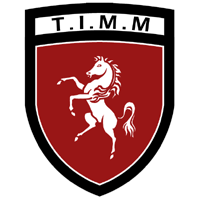 The Invicta Medal Museum (Online)
The Invicta Medal Museum (Online) 